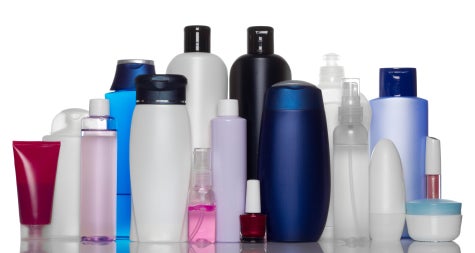Product Testing Techniques
Why Do Manufacturers Test Products?
Manufacturers have a duty of obligation to ensure that the products they produce and sell are trustworthy, safe and fit for purpose. But there are other reasons to test a product with the general public including finding out if the product will prove a viable option in the current marketplace, whether it fills a niche or solves a problem within a target demographic or if an existing product been adequately improved.

How Do They Go About This?
Specifically targeted groups of consumers are chosen to carry out the product testing, usually by way of an online survey, and these groups will follow a specific set of instructions provided by the market research panel. Testing products by various methods provides valuable feedback on how the product performs and how it can be improved further. For this reason, a number of different testing techniques will be used, depending on the type of product.
Who Can Test These Products?
Every product is aimed at a particular consumer group and demographic. Some products will be aimed at families with young children or teenagers while others are more suitably targeted at childless couples with a high level of disposable income, or single people with pets.
Even if you belong to one or more of the target groups the manufacturer is interested in, there will still be certain criteria that must be in place. Not all families follow the same diet, take the same holidays or use the same household products; and there's nothing to be gained from sending a baby care range to households with no babies or expectant mothers.
Techniques Used in Product Testing
Once the product is ready to be tested, and the target demographic identified, the product will be sent out together with detailed instructions of what the tester needs to do. Depending on the type of product in question, the testing technique will usually take the form of one of the following methods:
Simple Evaluation
This is probably the most common method of product testing and by far the simplest. One product is sent to the household and their overall and general opinion is required in order to get the broadest impression of how well that product will perform.
Direct Comparison Testing
This is also known as side by side testing and it's a fairly common and straightforward method. The tester will be provided with two identical products, say, two different laundry detergents, and will be instructed to wash a specific number of loads with each product. Once this has been completed, some specific questions about the detergent's performance will be set. These questions will include factors such as fragrance, appearance and ease of use, and will usually be the same set of questions for each product.
Repeated Pairs Testing
This is simply Direct Comparison Testing repeated with the same two products, but the products will have different code numbers for the second test. This technique is used to identify the testers who have picked out the exact same differences as in the previous test and is often a means of ensuring accurate quality control.
Staggered Testing
This is a common method of testing food products, i.e. a household may be asked to test an improved version of a product and will be sent both versions of that product. Product A will be tested first and notes will be made about taste, appearance, freshness, etc. It is then usual to have a few days break before testing Product B, making notes in the same manner.
Triangle Testing
This test is used to measure very specific differences in products and is particularly useful in cases where quality control is very tight. Participants in Triangle Testing are very carefully selected to pay particular attention to the differences in each product and to be able to consistently identify those differences. The Triangle Test is usually food related and often takes place within a focus group setting as the results need to be measured when the testing is being carried out.
A Valuable Contribution to Consumer Needs
Product testing is vital for any manufacturer's success. Poor performing products will inevitably result in low level customer satisfaction, which could end up a very costly mistake, as well as potentially damaging to a brand's image.
In providing products to testers, manufacturers are putting their faith in that tester to provide the most reliable and accurate evaluation possible. If the product isn't up to scratch, then manufacturers need to hear consumers' suggestions as to how it can be improved. Product testing is therefore a valuable and worthwhile experience for both parties.

